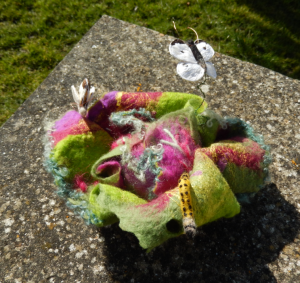A belated Happy New Year to you all! I’ve been having a bit of a tidy up – its a good for the soul, apparently. Inspired by a trip to the American Museum in Bath in 2017 to see the fabulous exhibition Joyce Petschek: Breaking the Pattern, I set about making these two Bargello book covers. Something I could do whilst watching the Christmas TV. That was Christmas 2017. Just before Christmas 2018, I stitched them to their notebooks. Why did it take me so long to get around to it? I enjoyed the process of stitching something so repetitive. Maybe I will set about learning how to stitch a cushion pad for my sewing room chair? If you want to learn a bit more about the process, you could have a look at this book: Beautiful Bargello by Joyce Petschek.
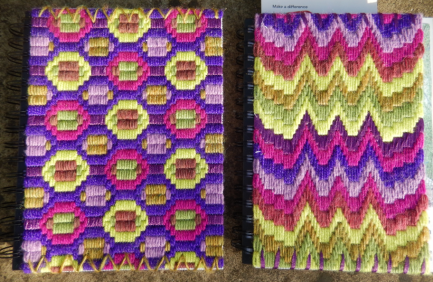




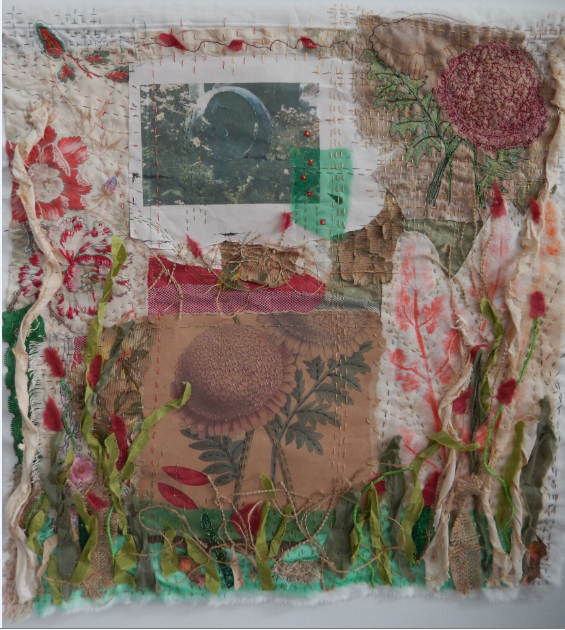
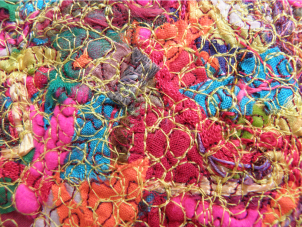
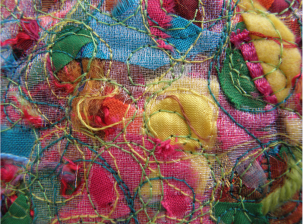
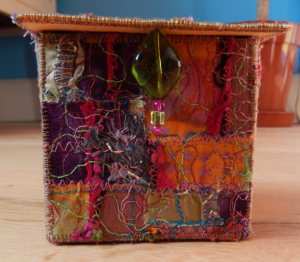
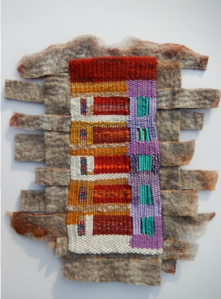
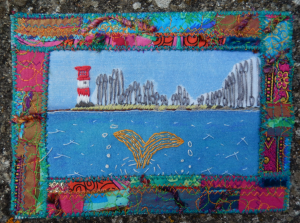
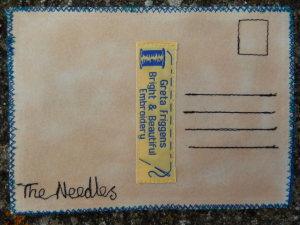
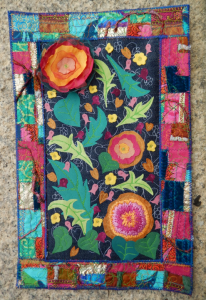

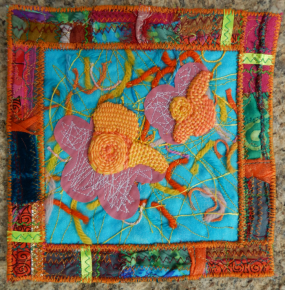
![50 Shades of K[affe Fassett]](https://iowgreta.files.wordpress.com/2015/03/50-shades-of-kaffe-fassett.png?w=300&h=298)
